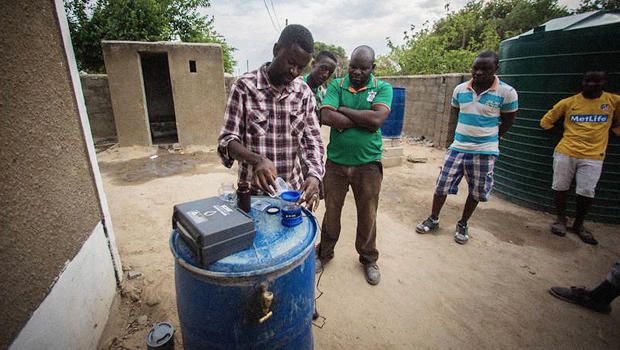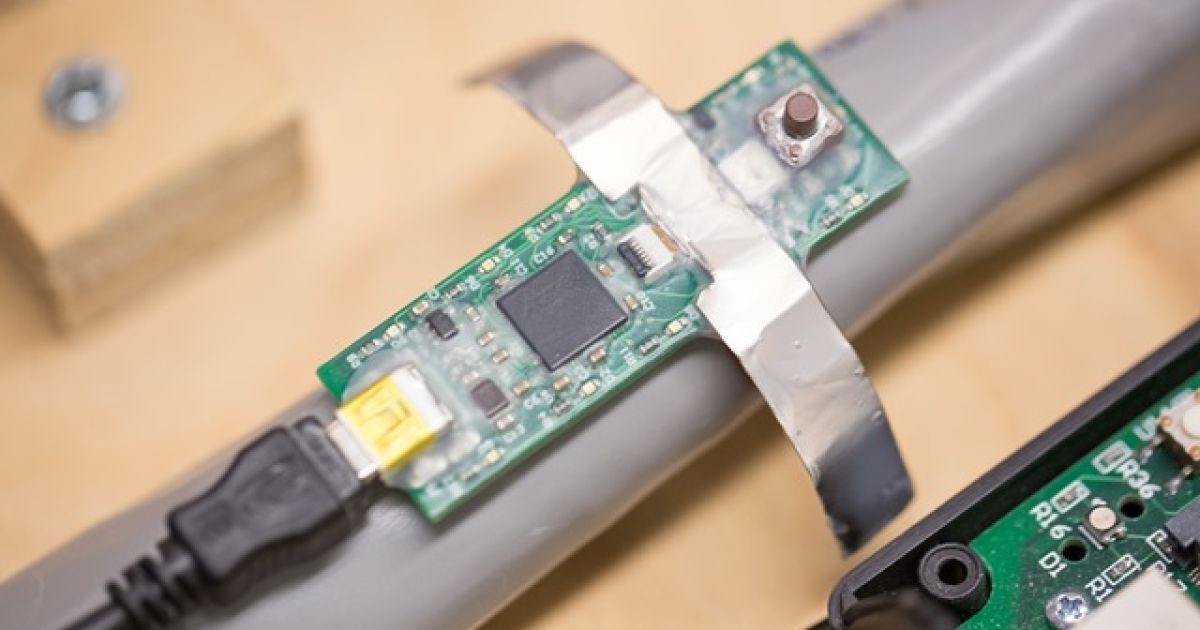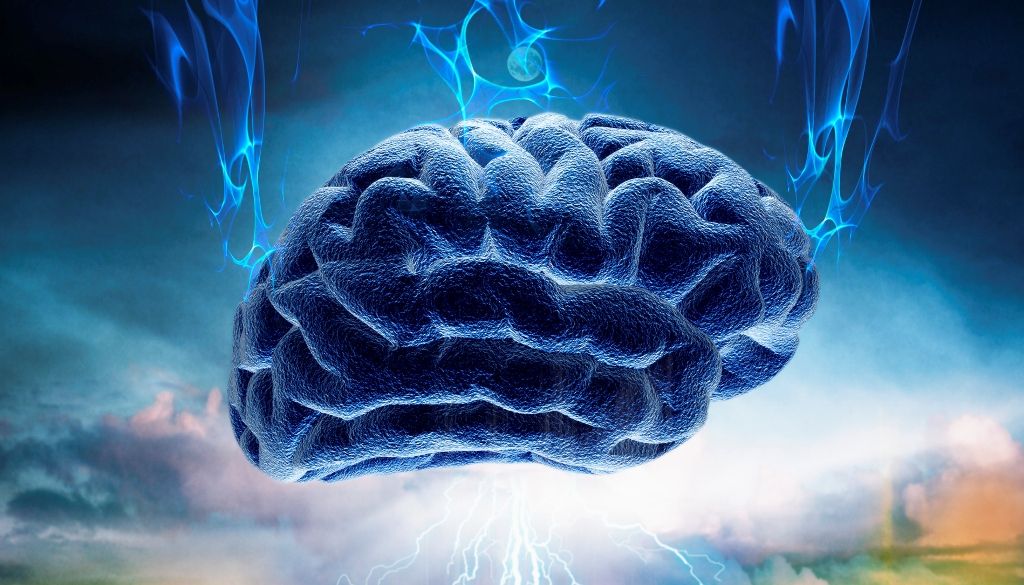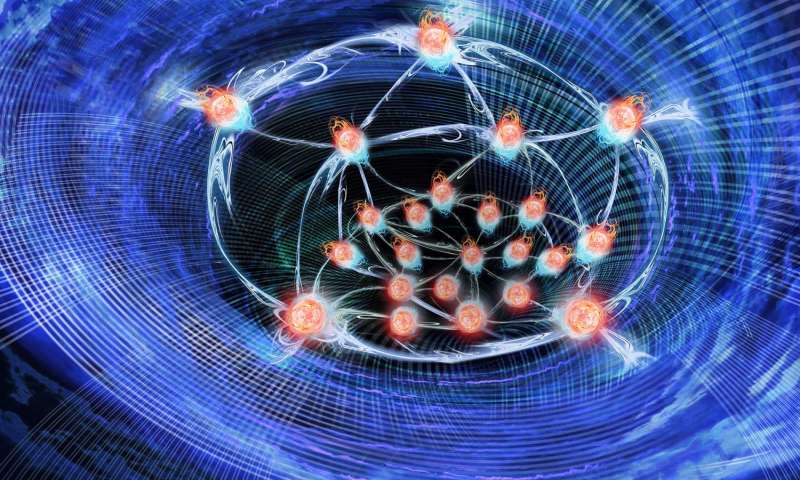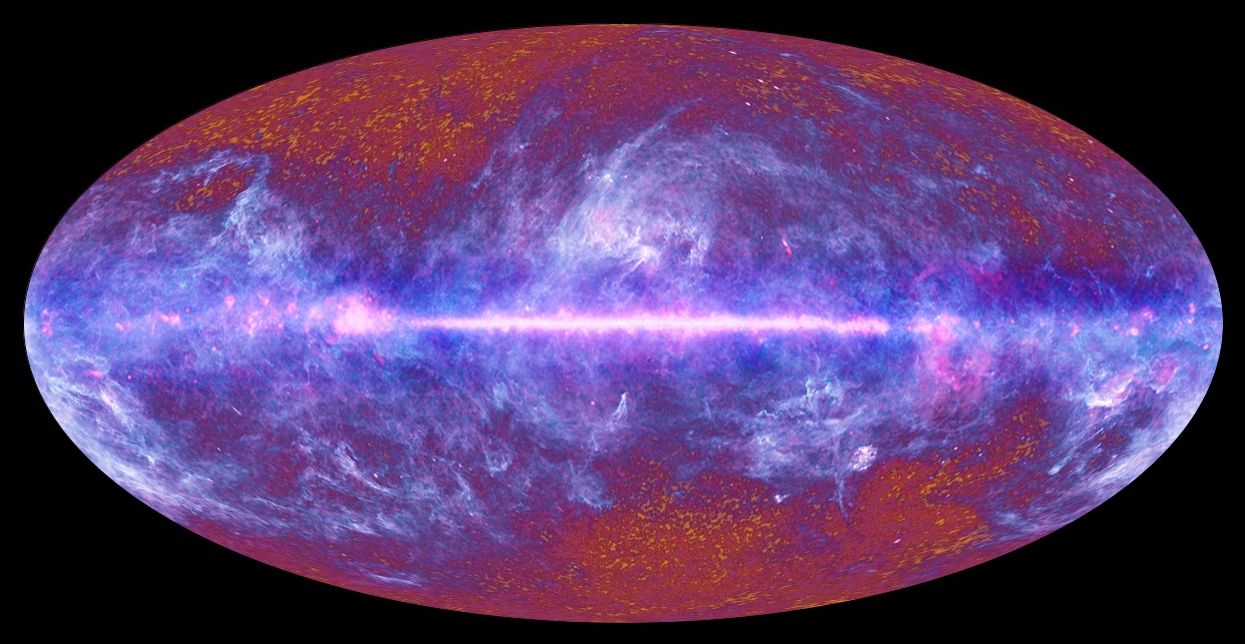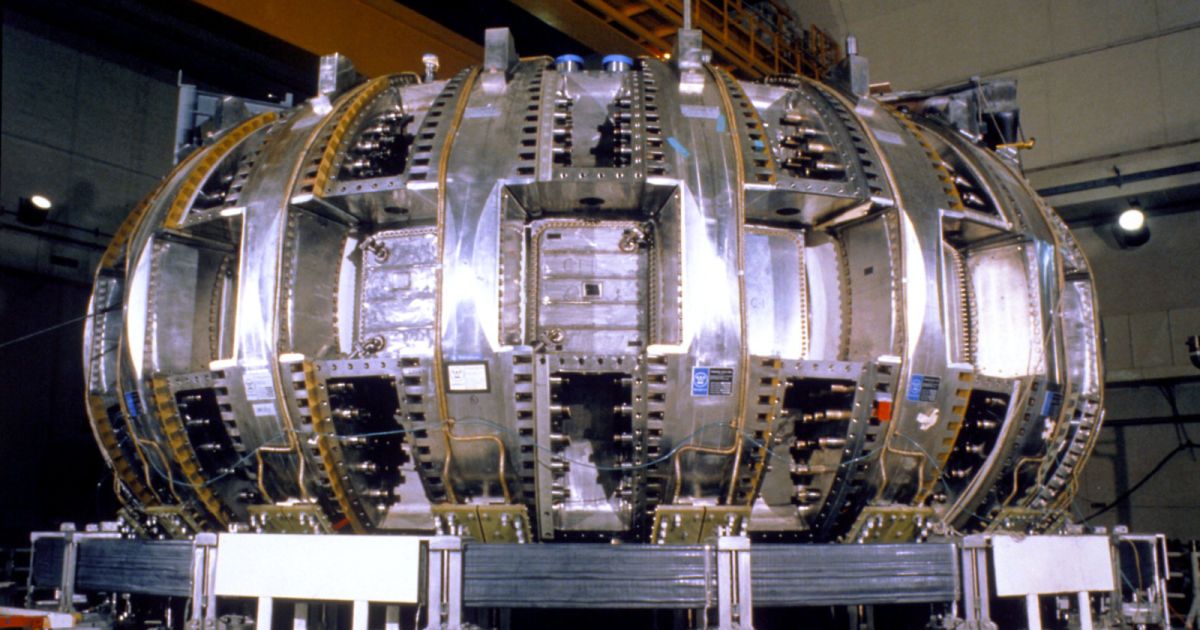Page 10422
Nov 28, 2016
A Material From Shapeshifting Planes Could Heal Human Flesh
Posted by Carse Peel in categories: biotech/medical, space
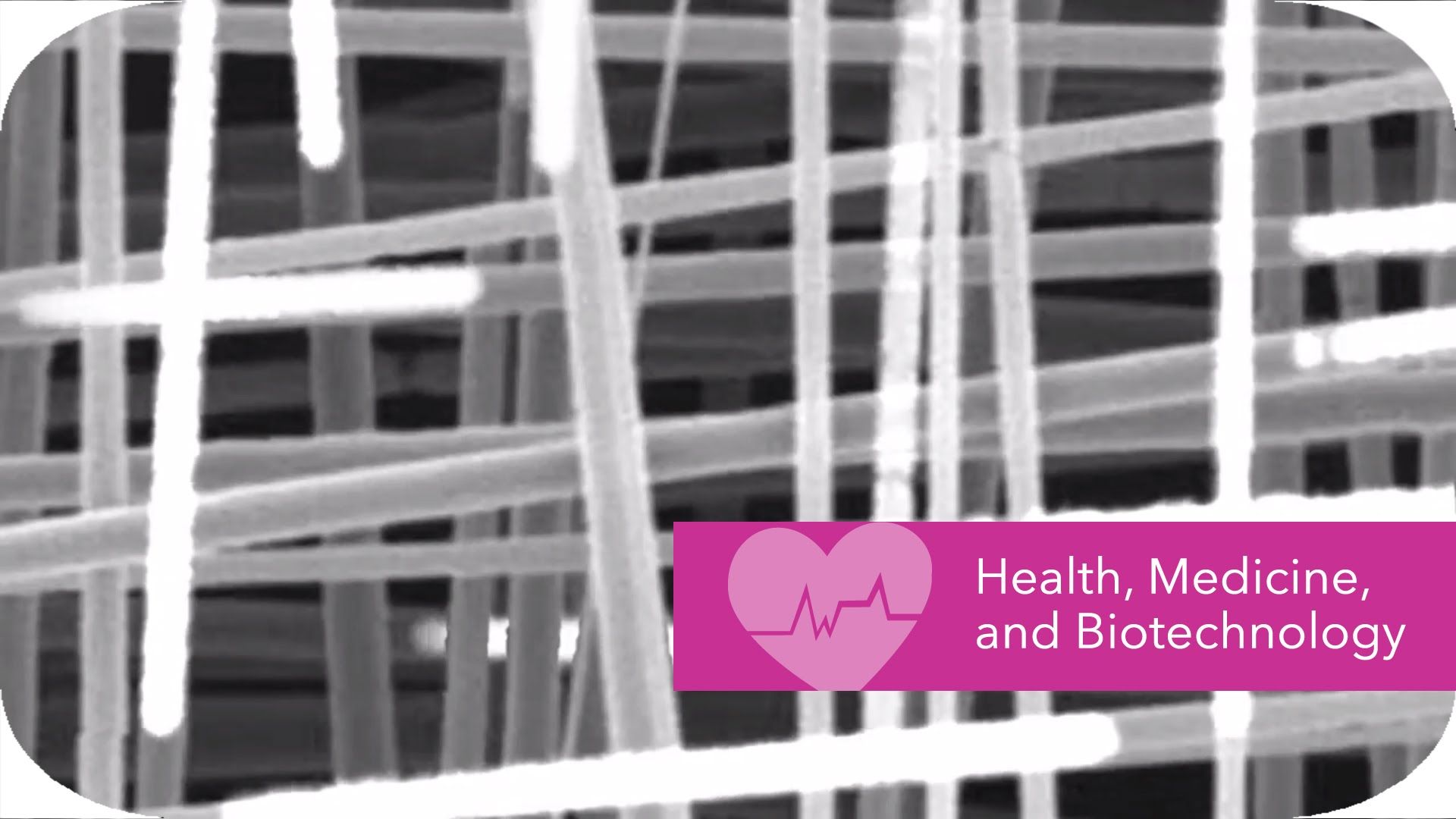
What generates voltage when you warm it up, push on it, or blow on it?
Get your mind out of the gutter. The correct answer is polyvinylidene fluoride, a material NASA researchers have refined for use in morphing aircraft that shapeshift in response to their environment. But wait! There’s more: It can also kickstart the human body’s healing process.
Continue reading “A Material From Shapeshifting Planes Could Heal Human Flesh” »
Nov 28, 2016
MIT’s sensor network tracks your power-hungry appliances
Posted by Bruno Henrique de Souza in categories: electronics, energy
A Marinha dos Estados Unidos fez uma parceria com cientistas do Massachusetts Institute of Technology (MIT) para criar uma rede de sensores barato, portátil que monitora o consumo de energia de cada um dos seus dispositivos domésticos.
O sistema consiste de cinco sensores de tamanho selo-postais colocados acima ou perto de linhas elétricas que entram na casa, que podem identificar cada luminária ou aparelho com base em seu uso de energia. Ele canaliza os dados para um aplicativo em tempo real, permitindo que as pessoas possa ver quando sua geladeira consome para um ciclo de degelo, por exemplo.
“Já existem maneiras de monitorar o uso de energia doméstico, mas elas envolvem a contratação de um eletricista licenciado ou cortando linhas de energia ou tubos caro para anexar, equipamento especializado,” professor de engenharia do MIT e chefe do projeto Stephen Leeb disse em um comunicado de imprensa. “Com o nosso sistema, é possível instalar sensores sem contato usando laços zip ou mesmo velcro, e usar o processamento de sinal para medir o consumo de energia. Também poderia servir como uma maneira de dizer quando o equipamento precisa de manutenção ou substituição.”
Continue reading “MIT’s sensor network tracks your power-hungry appliances” »
Nov 28, 2016
Autonomous Vehicles: Imagining the Day-to-Day of the Future
Posted by Dan Kummer in categories: robotics/AI, transportation
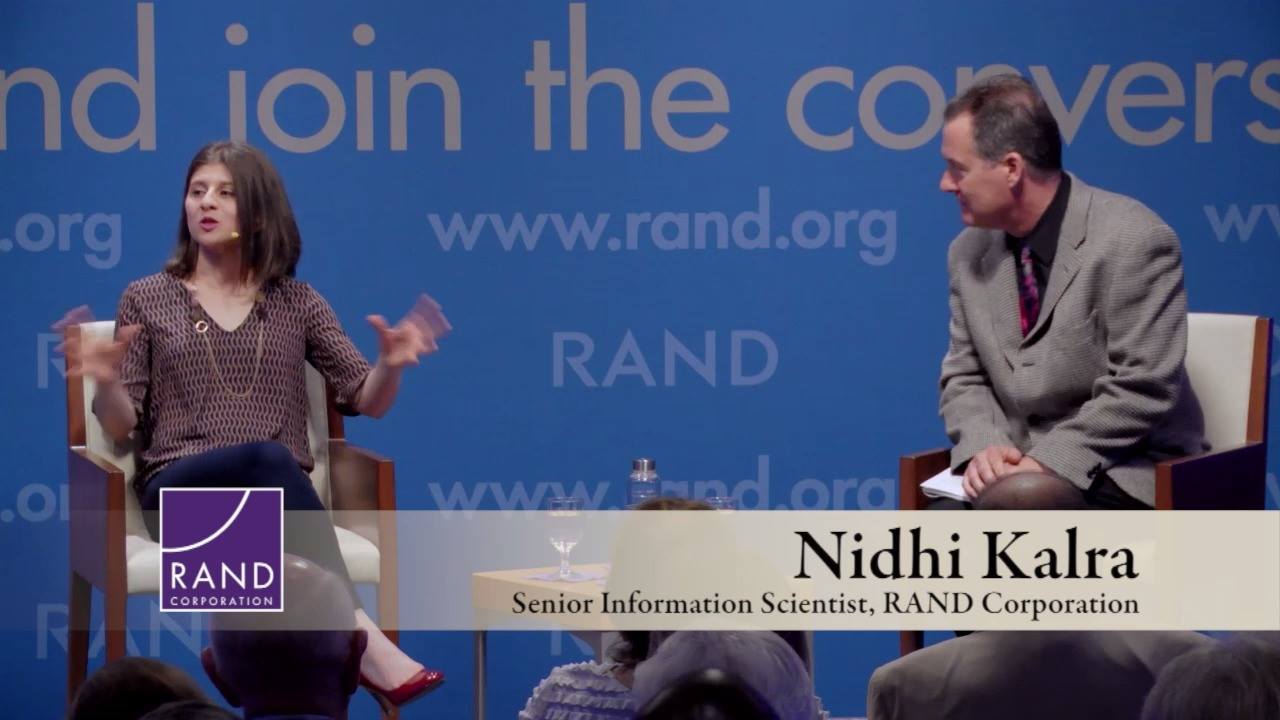
What might life be like once autonomous vehicles populate the roads? With the help of colleague Timothy Bonds, RAND’s Nidhi Kalra described what may occur when autonomous vehicles “democratize transportation.” Read our recap from #PoliticsAside: r.rand.org/326y
Nov 28, 2016
Researchers may have uncovered an algorithm that explains intelligence
Posted by Shane Hinshaw in categories: information science, mathematics, neuroscience, robotics/AI
What if a simple algorithm were all it took to program tomorrow’s artificial intelligence to think like humans?
According to a paper published in the journal Frontiers in Systems Neuroscience, it may be that easy — or difficult. Are you a glass-half-full or half-empty kind of person?
Researchers behind the theory presented experimental evidence for the Theory of Connectivity — the theory that all of the brains processes are interconnected (massive oversimplification alert) — “that a simple mathematical logic underlies brain computation.” Simply put, an algorithm could map how the brain processes information. The painfully-long research paper describes groups of similar neurons forming multiple attachments meant to handle basic ideas or information. These groupings form what researchers call “functional connectivity motifs” (FCM), which are responsible for every possible combination of ideas.
Continue reading “Researchers may have uncovered an algorithm that explains intelligence” »
Nov 28, 2016
Scientists have demonstrated a unique phase of matter
Posted by Shane Hinshaw in categories: particle physics, quantum physics
In experiments with magnetic atoms conducted at extremely low temperatures, scientists have demonstrated a unique phase of matter: the atoms form a new type of quantum liquid or quantum droplet state. These so called quantum droplets may preserve their form in absence of external confinement because of quantum effects. The joint team of experimental physicists from Innsbruck and theoretical physicists from Hannover report on their findings in the journal Physical Review X.$$!ad_code_content_spilt_video_ad!$$” Our Quantum droplets are in the gas phase but they still drop like a rock,” explains experimental physicist Francesca Ferlaino when talking about the fascinating experiment. In the laboratory, her team observed how macrodroplets formed in a quantum gas.
Nov 28, 2016
MIT’s deep-learning software produces videos of the future
Posted by Shane Hinshaw in categories: information science, robotics/AI, transportation
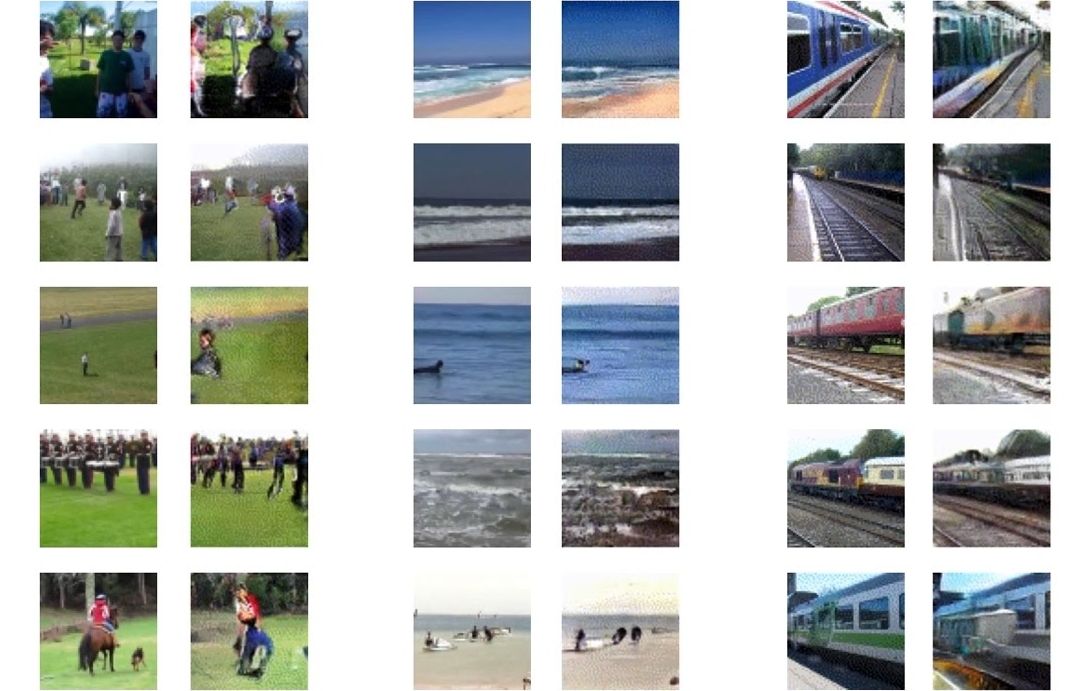
When you see a photo of a dog bounding across the lawn, it’s pretty easy for us humans to imagine how the following moments played out. Well, scientists at MIT have just trained machines to do the same thing, with artificial intelligence software that can take a single image and use it to to create a short video of the seconds that followed. The technology is still bare-bones, but could one day make for smarter self-driving cars that are better prepared for the unexpected, among other applications.
The software uses a deep-learning algorithm that was trained on two million unlabeled videos amounting to a year’s worth of screen time. It actually consists of two separate neural networks that compete with one another. The first has been taught to separate the foreground and the background and to identify the object in the image, which allows the model to then determine what is moving and what isn’t.
Continue reading “MIT’s deep-learning software produces videos of the future” »
Nov 28, 2016
Scientists Turn Nuclear Waste Into Long-Lived Diamond Batteries
Posted by Shane Hinshaw in category: futurism
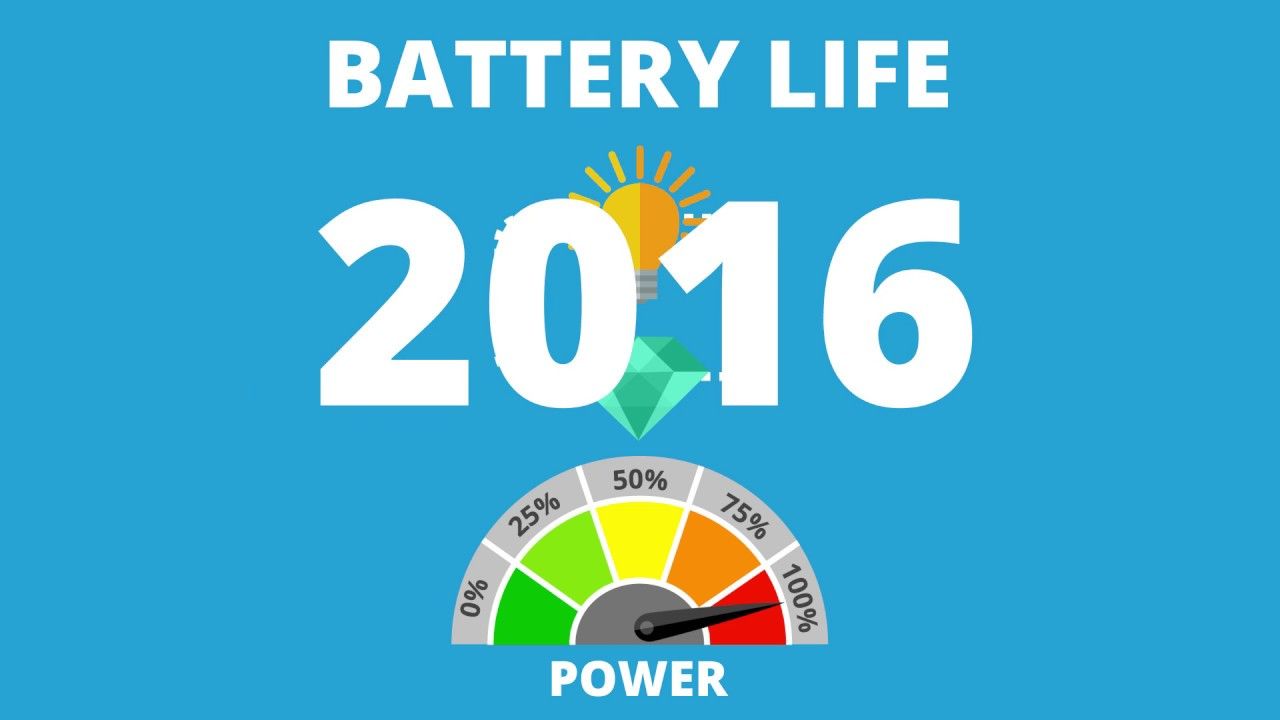
The diamonds are made from radioactive graphite and can generate a small electric current for thousands of years.
Nov 28, 2016
Theory challenging Einstein’s view on speed of light could soon be tested
Posted by Shane Hinshaw in category: futurism
New paper describes for first time how scientists can test controversial idea that speed of light is not a constant.
